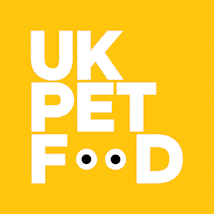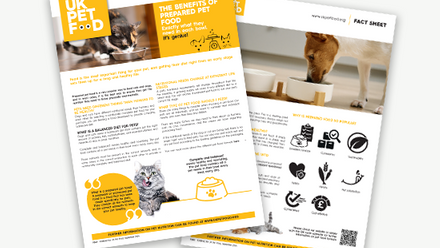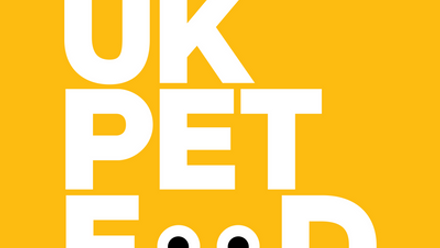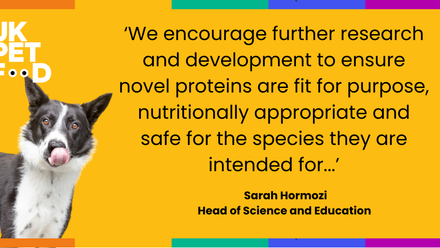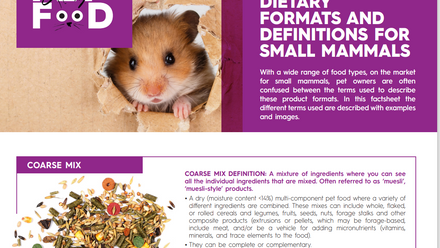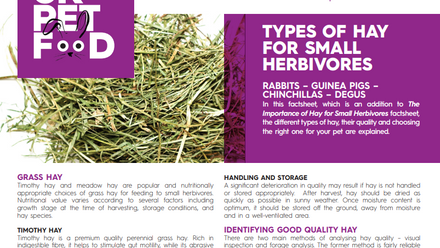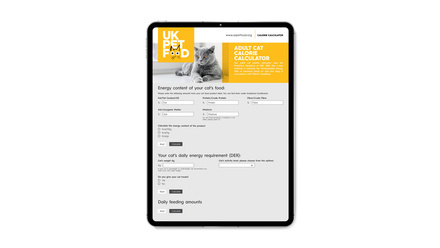Additives in Cat & Dog Food
Additives in cat and dog foot are used to help ensure quality, safety, texture, consistency, appearance, odour or taste, similar to how they are used in food for humans. Some additives are derived from naturally occurring materials (usually plants) and others are manufactured substances.
Regulations of Additives in Cat & Dog Food
The pet food industry operates to stringent standards and complies with more than 50 pieces of legislation to produce pet foods of the highest quality and safety. As part of this, all prepared pet foods manufactured by UK Pet Food members must comply with the Animal Feed Regulations 2015. These regulations cover the use and labelling of additives in pet food and enforce EU legislation.
Authorisation Process
The EU authorises additives on the grounds of safety, technical need and efficacy. The authorisation process is rigorous, and additives are periodically reviewed. As part of this process, if safety requirements are not met, the additives are not approved for use, regardless of how technologically useful the particular additive might be.
How Additives are Used in Cat & Dog Food
Food Safety & Longevity
Preservatives and antioxidants are two specific categories of additives that are very important for maintaining food safety as well as extending the shelf life of a product.
If spoiled foods are consumed by your pet, they are at risk of food poisoning. Both preservatives and antioxidants help prevent spoilage from bacterial contamination and stop fats from going rancid.
Nutritional Benefits
As in human food, additives may be used, for example, to protect the nutritional values and goodness of a product or enhance the nutritional profile of a product so that it can deliver complete nutrition (e.g. the addition of vitamins, minerals, amino acids).
Some nutrients are classified as additives and may be declared on the packaging and under their common or technical names, e.g. vitamin C is also known as L-ascorbic acid. The use of such additives enables pet food manufacturers to produce products that are nutritionally complete and which meet the nutritional requirements of the pet.
Colours
Colours are also sometimes used in pet foods. Generally they are added to redress the natural variations in colour which arise from cooking the food and the wide variety of ingredients used.
Antioxidants in Pet Food
The use of antioxidants goes beyond maintaining food safety and shelf life. Over the years, research has emerged highlighting the benefits of antioxidants. Some manufacturers may add nutritional antioxidants, e.g. vitamins C & E, to pet foods to help promote good health and combat free radical damage to the body.
Are additives dangerous to pets?
As mentioned previously, as with human foods, the use of additives in pet food is strictly regulated by the EU. The EU authorises additives on the grounds of safety, technical need and efficacy. The authorisation process is rigorous, and food/pet food additives are assessed to ensure safety.
Are the additives in cat & dog food linked with behavioural issues?
There is no proven scientific evidence currently available to suggest a link between behavioural problems in pets and additives in pet food (Case 2014*). The most common causes of behavioural problems in pets include fear, inadequate early socialisation and training, and poor behavioural/emotional husbandry. Professor Peter Neville (founding partner of the Centre of Applied Pet Ethology) stated that in over 25 years of veterinary referral behaviour practice, he has never seen a single case of a behaviour problem in dogs that could be directly linked to additives in pet food or that could be verified in any form of physiological test.
* Case, L. P. (2014). Dog Food Logic: Making Smart Decisions for Your Dog in an Age of Too Many Choices. Dogwise Publishing
Where can I find more information on the additives in cat & dog food?
Any pet food manufacturer can provide further information on the additives in their products and contact information is on the pet food packaging. Information on all permitted additives used in animal nutrition, including pet food, is available on the Europa website and in the “register of feed additives” section.
